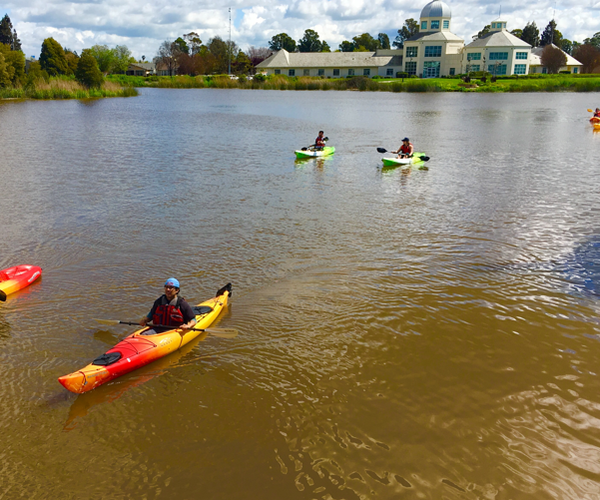By DENNIS WYATT 209 Living It was the ultimate power walk. Joshua Cowell — the Father of Manteca — arrived on the sandy plains in 1863 on foot. Cowell had literally walked across the Sierra Nevada to what is now modern-day Manteca from the Carson Valley in Nevada.
The walk that gave birth to Manteca Harnessing water set stage for Mantecas growth





